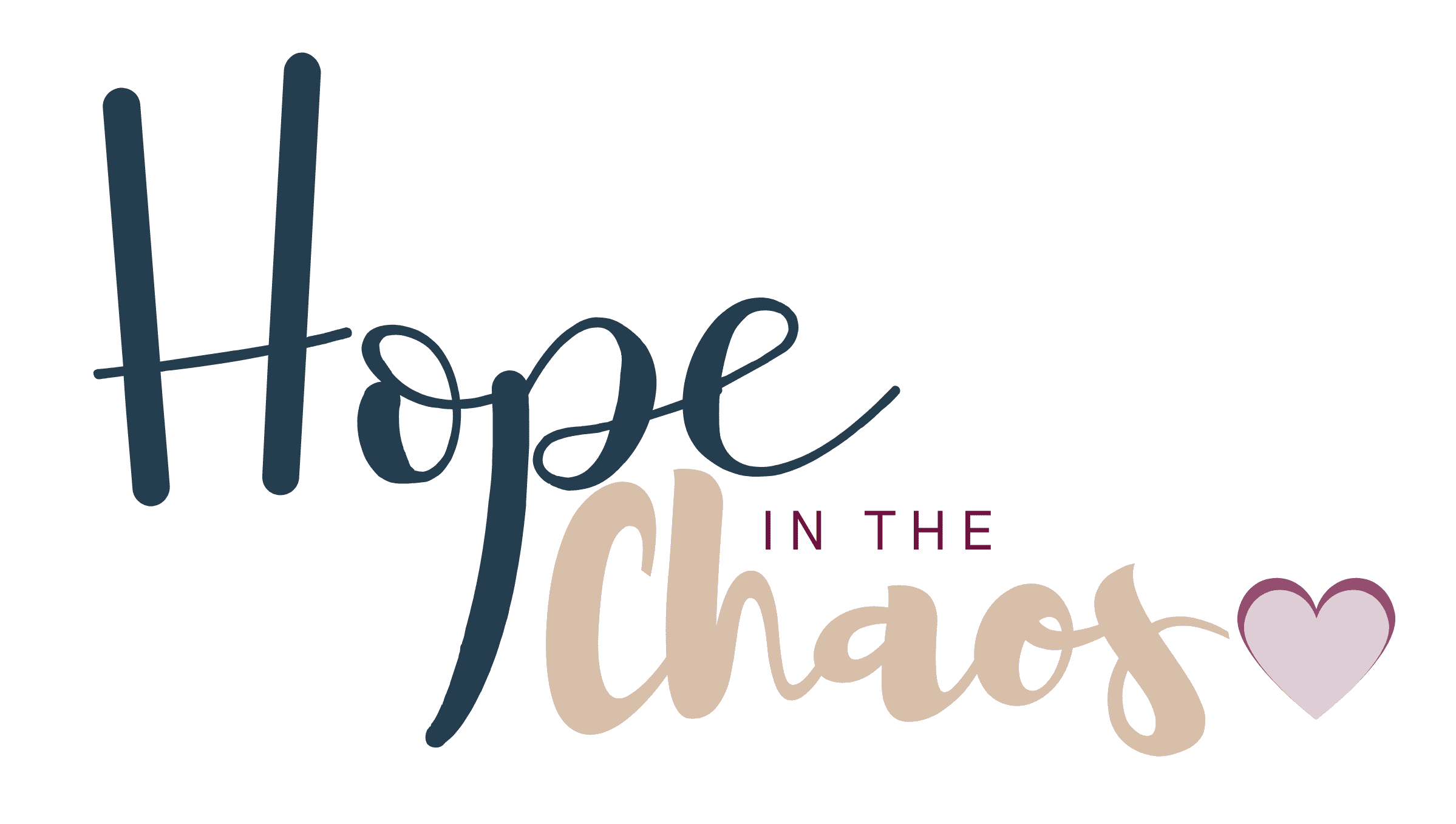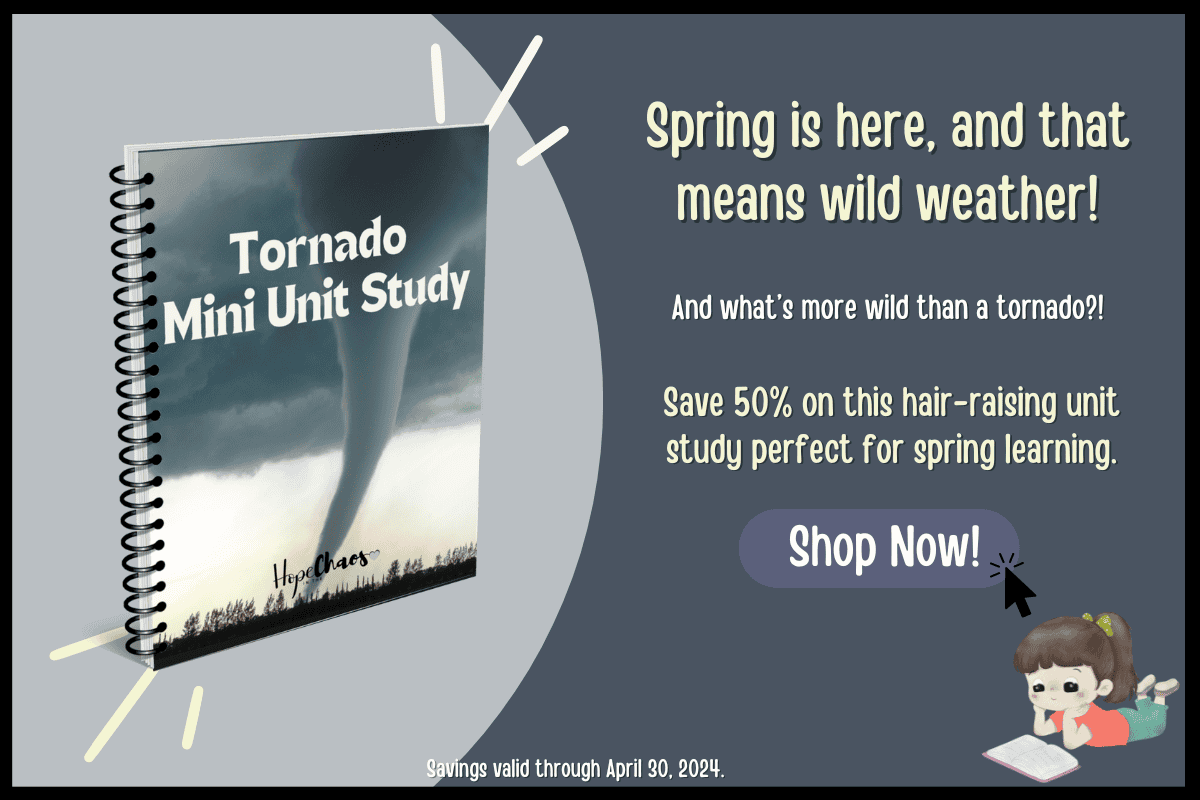Using Books To Make Homeschooling Easier For All Of You
It’s no secret in our homeschool that we love books and we use them all the time. No matter how busy our days are, we try to always get in some reading time.
Whether we are reading books together as a read aloud, reading independently, or chatting about a story, we know that using books in our homeschool makes homeschooling easier for all of us.
And today, I want to show you how to harness the power of a story!

Why Is Reading So Important?
Honestly, it’s because reading rocks! I mean, how else can you travel, explore, visit, and experience so many different places without ever leaving home?
We know that we can read for learning. Textbooks, workbooks, owner guides, repair manuals… the list goes on and on. Every day we learn new, interesting, and exciting things by taking in the written word.

We can also read for pleasure. Perhaps we enjoy ending our day curled up with a book. Or we want to take in the newest installment in a series. Maybe we are reading about a location we are excited to travel to or about a new pet that will be arriving. The possibilities are endless.
But we can also read for connection. Whether it’s a story a friend recommended, or to remember a particular time or place, reading connects us. Books that were written decades or even centuries ago connect us with the past. Books that share experiences we relate to connect us to the author. And well-written stories will always connect us with the characters as we become invested in their journey.
What Makes A Good Book?
I’m not going to tell you what books are good or not, but I do want to help you weed through the sheer plethora of options to choose from. With millions of titles available, and everyone shouting “Read this one!” or “Skip that one!” it can get overwhelming to choose titles that work well for your homeschool.
The first thing to look for in a good book is a story that is relatable to the reader. Whether that means you are grabbing a short story, some poetry, beloved chapter books, or even graphic novels, it doesn’t matter.

In our home, we love reading Charlotte’s Web and it’s one that we read nearly every year.
We can all relate to the story and little Fern with her tender heart. To poor Wilbur, kind and slightly gullible. We all equally dislike Templeton but see how even the bad guy can be a good guy – sometimes.
And even though we all have different views on the story, it’s a tale that is relatable to me, my teens, and my younger kids because it’s written timelessly.
The second thing to look for in a good book is a journey that is complete. Now I know, we don’t always know this by looking at the back of the book or by asking for recommendations, but we do know what it’s like to get to the end of a book and feel deflated because of the journey that the main character set out to take was left uncompleted.
And third, there is an obvious lesson that is clear to the reader (or listener). A good book teaches us something, whether it’s that bears found in train stations can be a part of our family if we are willing to be kind (A Bear Called Paddington), that ducks need to find a good, safe home (Make Way For Ducklings), or that a boy lost in the woods can find his way (Sign of the Beaver and Hatchet).
How To Use Books For Homeschooling
While we can fill our days with read-alouds, and enjoy time together as we venture off to new worlds, we can also use books in our homeschool lessons either with the curriculum, as a supplement, or even as our main resource.
How?
First, we can read it. Reading the story allows us to work on reading skills, reading aloud or public speaking, and reading comprehension.

Further still, reading through books helps with vocabulary and grammar lessons, and you can take those even further by utilizing copywork and narration.
Writing lessons, plot discussions, identifying theatrical elements, rising action, and elements of stories can all be pulled out and utilized easily.
History and geography can easily be part of any book as you discuss where the book takes place or when the book is set. This naturally lends itself to looking at the time period, events that took place, and people who lived during that time. Regions of the world, continents, countries, people groups, wars, travel, and exploration are all examples of natural conversations or lessons you can easily begin with a simple discussion and then expand via internet research or a trip to your local library.
Science may not be quite as obvious to some (including this non-scientific homeschool mama) but those lessons are there. Animal migration, different types of penguins, how hot air balloons work, and how to survive a tornado are all scientific questions that we have come across as we read Wheel on the School, Mr. Popper’s Penguins, Britfield, and Hatchet.
Speech, drama, and public speaking are easily covered as you work on reading aloud, performing (especially if you venture into poetry and memorize poems), and oration.
And then of course there are the arts… whether you work on drawing or painting, collecting items from around the house or outside to represent the setting. Mobiles, dioramas, presentations, collages…. the list goes on and on.
Not to mention, musical elements such as listening to historical pieces or cultural sounds.
Cooking or dressing like the characters.
The options are only limited by your imagination or willingness to spend some time online being inspired.
What Books Can I Use In My Homeschool?
Well, my friend, what books can you not use? Whether you want to try some kindergarten rhyming books, are reading to dive into classic chapter books, or want to generate some excitement with action books for kids, the possibilities are endless… especially once you learn how to create homeschool lessons from books (or grab my free list with 75+ book ideas to get you started!).
Creating Homeschool Lessons Based on Books
One of the easiest ways to use books in your homeschool is to find projects, lesson packets, and lap books online. I have many book based learning packets for homeschool in my shop, and I know that a quick Google search will yield dozens of other options including a book report template or two. Some of these will be free, some will be low-cost, and others will be pricey.
Yet sometimes you just want to sit with a book and see what happens.
I say, go for it.
Start reading. Let your kids ask questions. Then find the answers.

“Wonder and wonder why,” as Lena said in The Wheel On The School, a wonderful book that had us looking up Holland, bird migration, and wooden shoes.
Take a piece of scrap paper and start writing from the book. This works on penmanship and writing skills.
Utilize the book discussion questions often listed in many books, especially those known to be used for school, to look for comprehension, story elements, and even debate what you all think comes next.
Or take the same piece of paper and create a diary entry based on the main character (creative writing).
Find a YouTube video and learn how chocolate is made while you read through Charlie And The Chocolate Factory. Then look into the history of chocolate. Maybe try your hand at making homemade chocolate.
Do a compare and contrast after you read The Wizard of Oz and then take in the movie. See if the children catch both the big differences as well as the subtle ones. Research the history of color TV. Perhaps watch something in black and white. Actually, this works for any of the many books made into a movie and is a great way to get your child engaged in learning.

Find sentences to copy. Use your grammar book to look for nouns and verbs. Work on adding new adjectives or find synonyms for the verbs and adverbs. Remove prepositions to see how these tiny words add to a sentence.
Read historical fiction as part of a deep dive into an era long past and come out with a better understanding. Add engaging biographies to round out the experience.
Using Books to Make Homeschooling Easier For All Of You
While there is something to be said for the ease of an open-and-go curriculum program, there is also something wonderfully simple about grabbing a book and turning the pages.
There is a free-from-expectations moment that allows you all to grab ahold of curiosity when it strikes when you embrace a literature-based homeschool that focuses on books rather than textbooks.
And yes, you may have to spend some energy getting creative and learning to think outside the box, especially at first, but once you get the hang of using books in your homeschool, you will see just how amazing and freeing a book-based homeschool truly is.

Make Literature-based Learning Easy With These Great Resources!
In our homeschool, we a leaning in more and more to book-based homeschooling and I’m using our experience to help guide you.
I’m also working hard to make easy-to-use resources that will help you easily incorporate learning and educational opportunities from books.
Resources like these…
Looking For More Book-Related Help?
Then be sure to read these!
- 21 Captivating Children’s Chapter Books For Kids
- 15 Exciting Kid’s Camping Books
- The 20 Best Rhyming Books for Kindergarten & Preschool













Kelly,
I homeschooled the whole way through and loved it. We used a LOT of books to learn. It’s really what helped me get started because I was a bit nervous at first. The kids and I loved reading together even in the high school years . … and I learned so much that either I had forgotten or never learned. The books you list throughout this article brought back many good memories.
Hey Mandy,
Books make it quite simple to get started, don’t they? No matter how old our kids get, there’s nothing quite like a story. 🙂
-Kelly